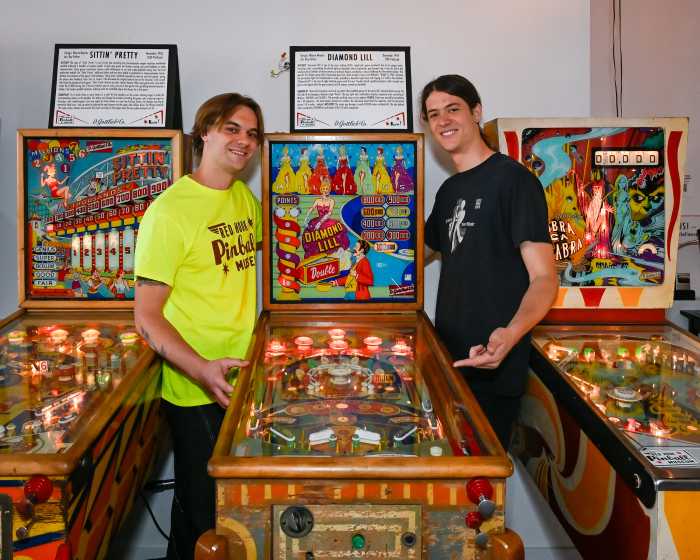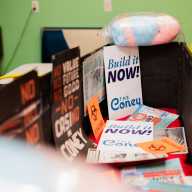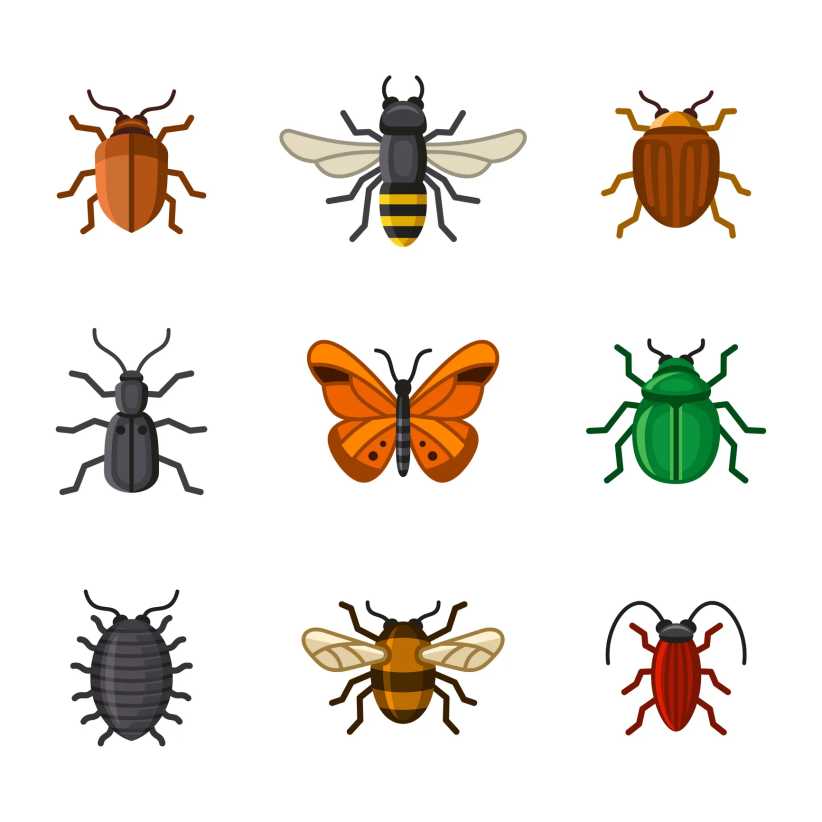This robot is supposed to help autistic kids better relate to fellow humans.
Caesar, an emotionally expressive, and at first blush creepy robot, is the doctoral project of a student at New York University Polytechnic School of Engineering. The machine, the name of which stands for Cellular-ly Accessible Expressive Semi-Autonomous Robot, is supposed to teach children afflicted with the mental condition to recognize facial cues. No longer the domain of science fiction, lifelike robots are only going to become more common as teaching tools, mirroring the rise of computers in the 1990s, Caesar’s creator said.
“We think that in the next few decades we’re going to see the same interest in robotics that we’ve seen in computers in the last few decades,” Jared Frank said. “Robots are undergoing that same type of revolution now, bringing them into people’s homes.”
People with autism sometimes have trouble recognizing facial expressions but have an easier time of understanding exaggerated ones, such as those in cartoons, Frank said, and that is where Caesar comes in. The gadget is supposed to build a bridge between the exaggerated faces and the real things, according to the special-education teacher who came up with the initial idea.
“Autistic children have a hard time recognizing and responding to facial expressions. It’s one of the biggest things we see,” said Lee Hollman, who works at a Bronx public school. “Caesar helps because he can display the same emotions consistently and repeatedly.”
The robot is controlled by a tablet app and responds to whether users perform tasks properly. For example, dragging flowers towards Caesar’s cartoon counterpart will make the actual robot smile. But take them away, and he will frown.
“We want to create a cartoon character that they can relate to and bond with. And then afterwards get them to respond to the real robot,” Frank said.
The robot also talks and rolls on wheels. Caesar’s head is three-dimensionally printed and has a moving jaw and eyebrows, and tiny motorized pins that contort its lips. Its eyes each contain cameras that help it move around and locate objects. And Caesar uses its arms and hands to convey emotions, covering its face when weeping or raising them up in moments of simulated elation.
To an average person, the passionate android approaches the uncanny valley, that nearly-human robot quality that provokes revulsion, Frank admits. But he believes it appears differently to autistic people.
Caesar’s brain is made of a series of small controller boards, including an Adruino and a Raspberry Pi. They tell the electric motors what to do and process information from the cameras. The tablet talks to the boards over wifi.
Frank has been working on Caesar for two years so far, and aims to complete a pilot version he can try out in a local autism-therapy clinic by next year.
In the meantime, Caesar is set to lend a hand at the holiday lighting ceremony in MetroTech Center this year. Frank specially re-engineered an arm to press the button that turns on the whole display.
Techno Files
Bushwick is getting its own hack-athon next month. The Meetup group Code, Drink, Talk: Bushwick is throwing a coding party called HackBushwick at Livestream’s community venue on Morgan Avenue on Dec. 6. Teams will have six hours to complete a Bushwick-related project from start to finish, and judges will pick the winners.
• • •
MakerBot is making a push for some extra holiday sales this season, working with Staples to offer its three-dimensional printers and scanners at stores in 18 states, including two locations in Brooklyn.



























